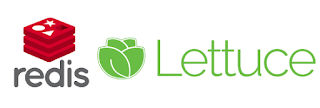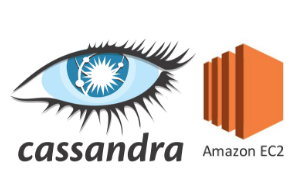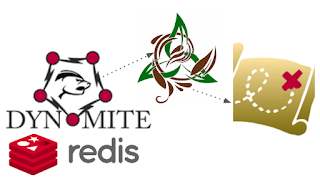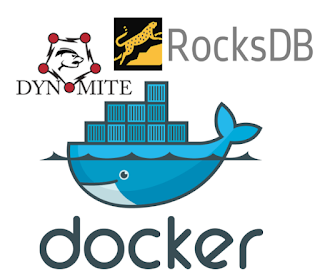Dispatching Custom Commands with Lettuce and Redis-Modules

Lettuce is a very efficient and extensible Redis client for Java. Lettuce is interesting for many reasons but one of the big ones is the fact that provides an Observable / Flux API. So you can very efficient reactive programming with RxJava or Reactive-Streams power by Reactor . I'm using lettuce in production in the last 2 years and have been really great. For this blog post, I will how to dispatch custom commands to redis-modules via Lettuce.






























